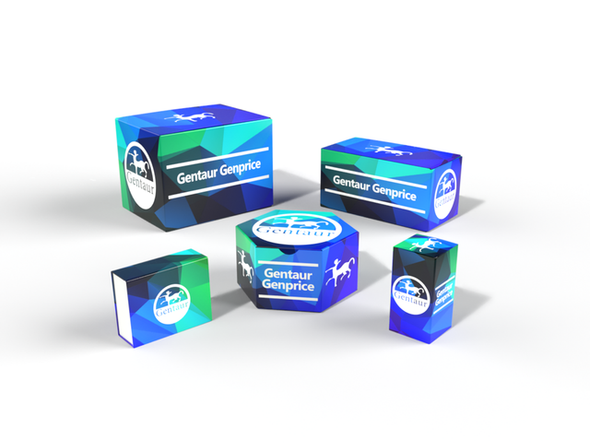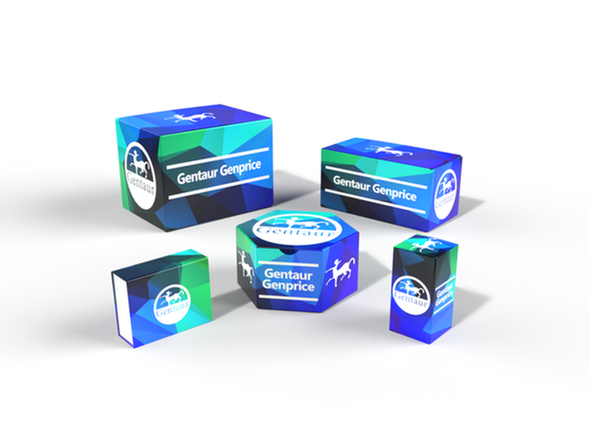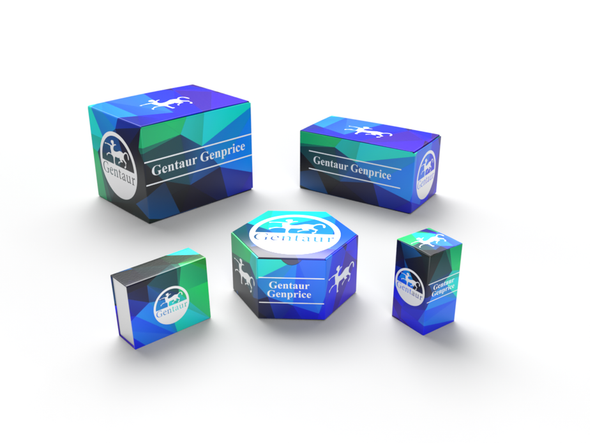740
Human V-set domain-containing T-cell activation inhibitor 1 (VTCN1) ELISA Kit | AE11502HU
- SKU:
- 740-AE11502HU
- Availability:
- Usually ships in 5 working days
Description
Human V-set domain-containing T-cell activation inhibitor 1 (VTCN1) ELISA Kit | AE11502HU | Gentaur UK, US & Europe Distribution
Species Reactivity: Human (Homo sapiens)
Abbreviation: VTCN1
Alternative Name: B7-H4; B7H4; B7S1; B7X; B7h.5; FLJ22418; PRO1291; RP11-229A19.4; VCTN1; T cell costimulatory molecule B7x|immune costimulatory protein B7-H4
Application: ELISA
Range: 0.156-10 ng/mL
Sensitivity: 0.058 ng/mL
Intra-Assay: ≤5.2%
Inter-Assay: ≤9.5%
Recovery: 1, 04
Sample Type: Serum, Plasma, Other biological fluids
Detection Method: Sandwich
Analysis Method : Quantitive
Test Principale: This assay employs a two-site sandwich ELISA to quantitate VTCN1 in samples. An antibody specific for VTCN1 has been pre-coated onto a microplate. Standards and samples are pipetted into the wells and anyVTCN1 present is bound by the immobilized antibody. After removing any unbound substances, a biotin-conjugated antibody specific for VTCN1 is added to the wells. After washing, Streptavidin conjugated Horseradish Peroxidase (HRP) is added to the wells. Following a wash to remove any unbound avidin-enzyme reagent, a substrate solution is added to the wells and color develops in proportion to the amount of VTCN1 bound in the initial step. The color development is stopped and the intensity of the color is measured.
Product Overview: B7H4 belongs to the B7 family of costimulatory proteins. These proteins are expressed on the surface of antigen-presenting cells and interact with ligands on T lymphocytes. The predicted 282-amino acid protein, which is 87% identical to the mouse protein, contains a 2-amino acid intracellular domain, a large hydrophobic type I transmembrane region, and an extracellular domain with several N-glycosylation sites and conserved cysteine residues. Northern blot analysis revealed expression of a 1.8-kb transcript in spleen, lung, and thymus, and RT-PCR analysis detected expression in a wide range of tissues. Immunohistochemical and flow cytometric analyses showed expression on activated but not fresh T cells, B cells, monocytes, and dendritic cells.
Stability: The stability of ELISA kit is determined by the loss rate of activity. The loss rate of this kit is less than 5% within the expiration date under appropriate storage condition. The loss rate was determined by accelerated thermal degradation test. Keep the kit at 37°C for 4 and 7 days, and compare O.D.values of the kit kept at 37°C with that of at recommended temperature. (referring from China Biological Products Standard, which was calculated by the Arrhenius equation. For ELISA kit, 4 days storage at 37°C can be considered as 6 months at 2 - 8°C, which means 7 days at 37°C equaling 12 months at 2 - 8°C) .






